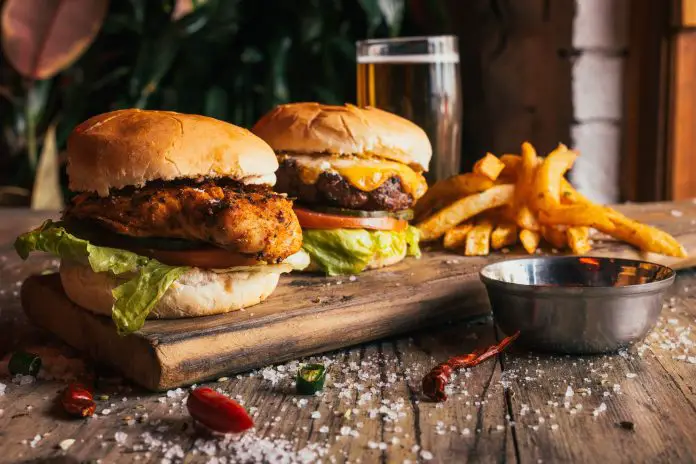Key Takeaways
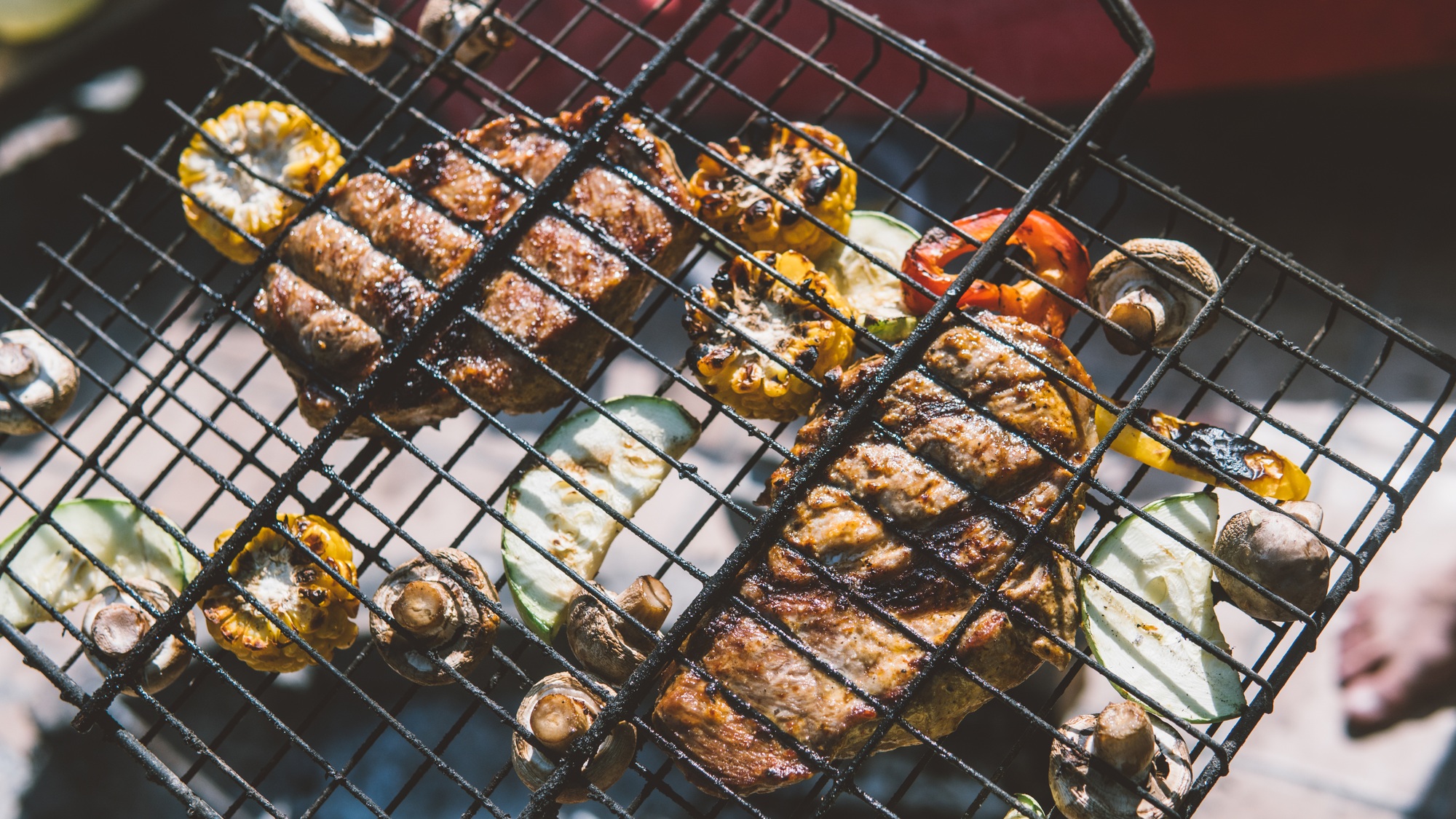
- Importance of Lighting: Use natural light whenever possible to enhance the visual appeal of your food photos, avoiding poorly lit spaces that can diminish quality.
- Experiment with Angles: Try various shooting angles, such as eye-level or top-down shots, to find the most flattering perspective for your dishes.
- Keep It Simple: Use uncluttered backgrounds to maintain focus on the food, ensuring distractions do not detract from your culinary creations.
- Essential Equipment: Invest in a good camera and lighting tools like softbox or LED lights to improve image quality and showcase your food attractively.
- Post-Processing Techniques: Utilize editing software like Adobe Lightroom or Canva to refine your images, enhance colors, and ensure color accuracy through proper correction techniques.
- Engage on Social Media: Share your food photos strategically across platforms like Instagram and TikTok, and actively engage with your audience to foster loyalty and attract new customers.
In today’s visually-driven world, food photography has become an essential skill for anyone wanting to share their culinary creations. Whether you’re a home cook or a seasoned chef, capturing the perfect shot can make your dishes irresistible. With the right techniques, you can transform everyday meals into mouthwatering masterpieces.
You don’t need fancy equipment to get started. A smartphone and a few simple tips can elevate your food photos from ordinary to extraordinary. Understanding lighting, composition, and styling will help you showcase your dishes in the best light. Get ready to explore the art of food photography and learn how to make your meals look as delicious as they taste.
Understanding Food Photography
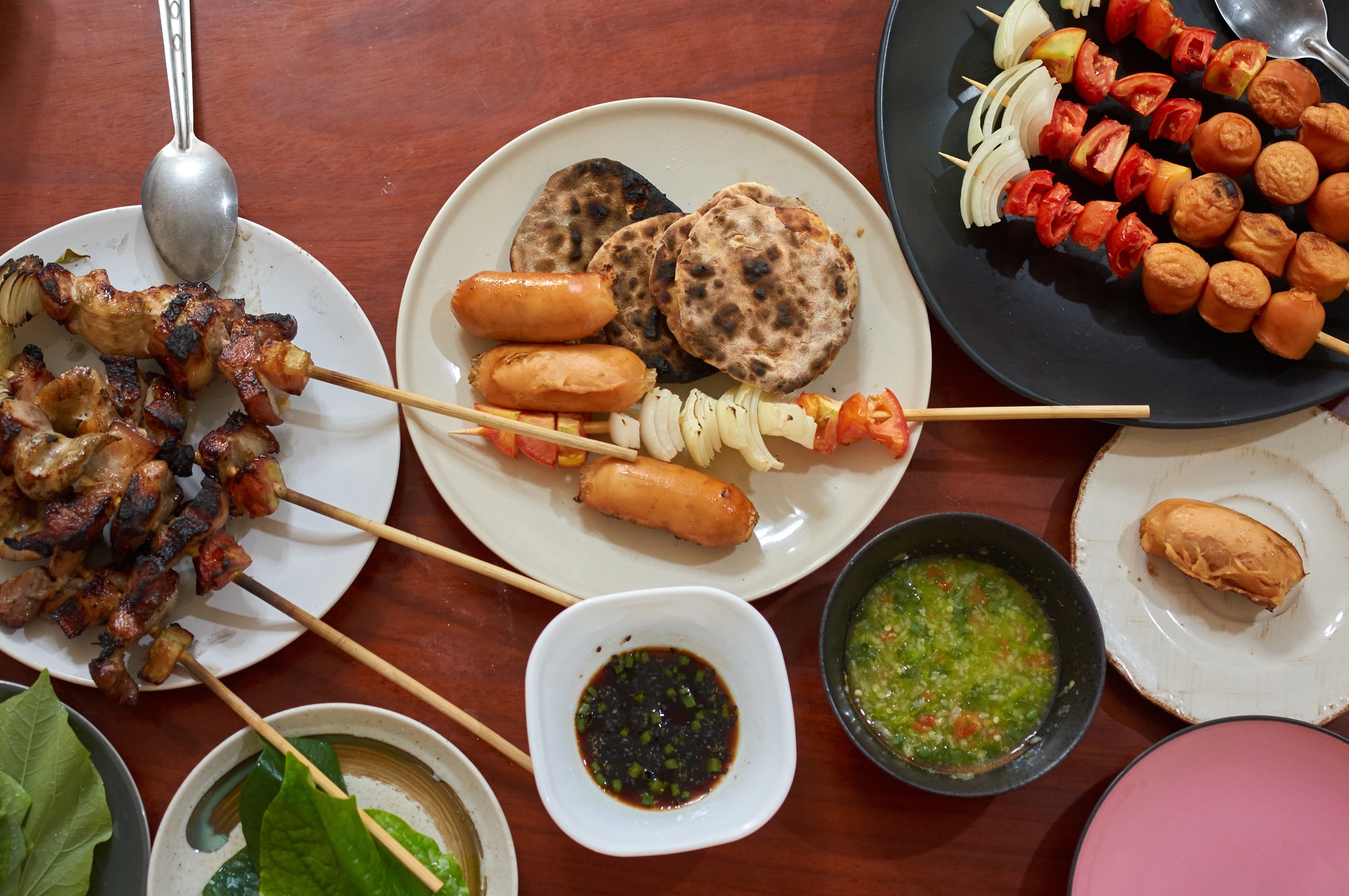
Food photography plays a vital role in the success of your small business, especially on social media platforms like Instagram, Facebook, TikTok, and Pinterest. High-quality food images can attract customers and elevate your brand’s online presence.
Importance of Food Photography
Food photography creates a visual appeal that captures attention and drives engagement. It highlights your culinary creations, making them irresistible to potential customers. Well-executed photos can lead to higher shares and likes, enhancing your reach on X and LinkedIn. In today’s competitive marketplace, visually appealing images set your small business apart and encourage patrons to choose your offerings.
Common Mistakes in Food Photography
Avoid these common pitfalls to improve your food photography:
- Poor lighting: Natural light enhances the look of food, so always shoot in well-lit spaces.
- Uninspired angles: Experiment with various perspectives, like top-down or eye-level shots, to find the most appealing view.
- Cluttered backgrounds: Keep backgrounds simple to maintain focus on the food items. This draws attention to your dishes without distractions.
- Neglecting styling: Pay attention to plating and arrangement. A beautifully styled dish creates a stronger visual impact.
By addressing these mistakes, you elevate your food photography and drive more attention to your small business, essential for growing your audience and boosting sales.
Essential Equipment for Food Photography
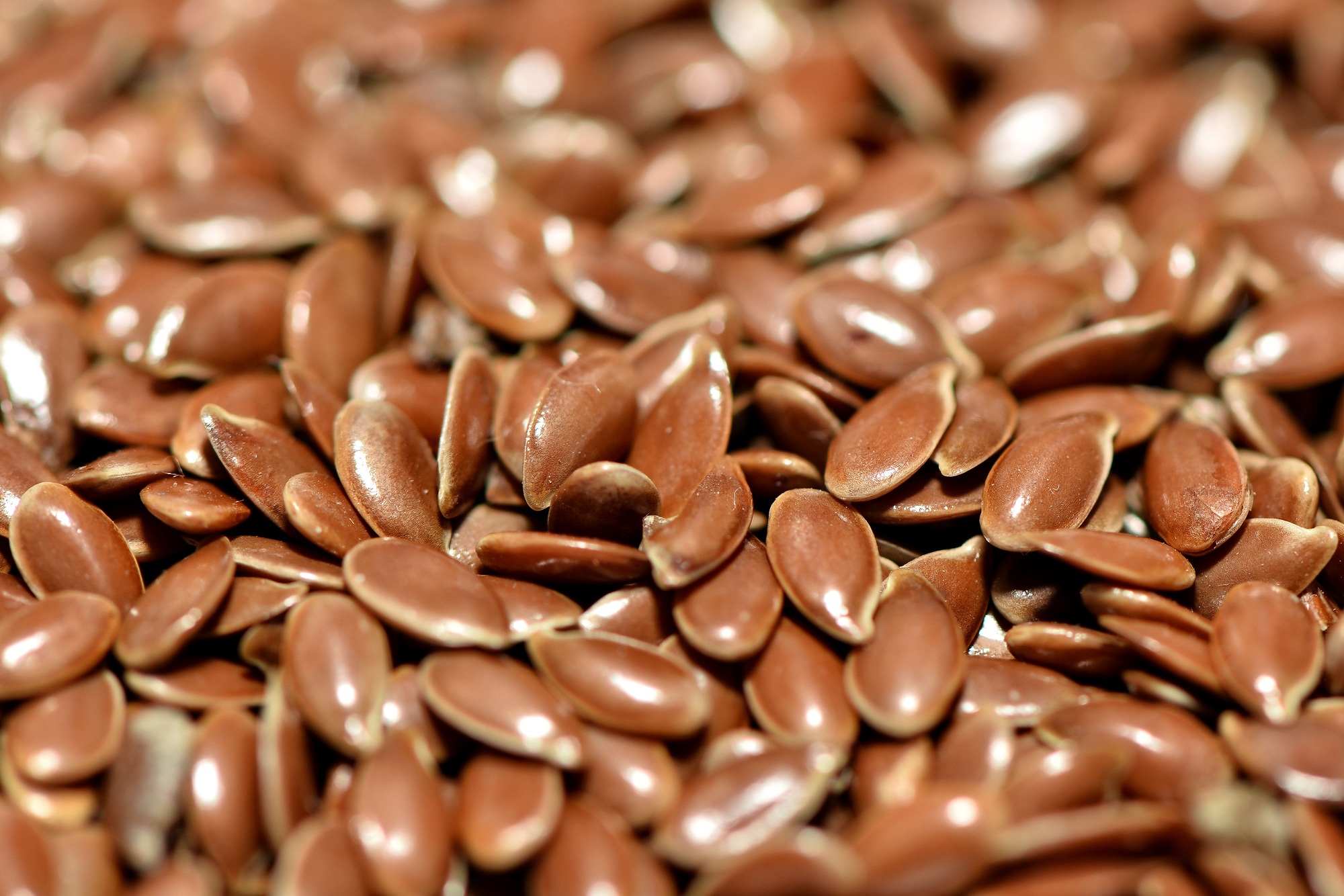
Equipping yourself with the right tools enhances the quality of your food photography, allowing your small business to shine on social media platforms like Facebook, Instagram, and Pinterest. Here’s a closer look at the essential equipment.
Camera Options
Choose a professional camera, ideally a full-frame DSLR or mirrorless model. Popular options include the Sony A7R IVa, Nikon Z7 II, and Canon EOS R6 Mark II. These cameras deliver excellent image quality and performance. Interchangeable lenses allow for adaptability in various shooting scenarios, ensuring you capture stunning food images.
Lighting Tools
Proper lighting is vital for food photography. Natural light is often the best option, so shoot near windows during the day when possible. For indoor settings or low-light conditions, invest in external lighting solutions like softbox lights or LED ring lights. These tools can help you achieve the perfect balance of brightness and shadow, making your dishes look more appealing and engaging on social media.
Techniques for Taking Great Food Photos
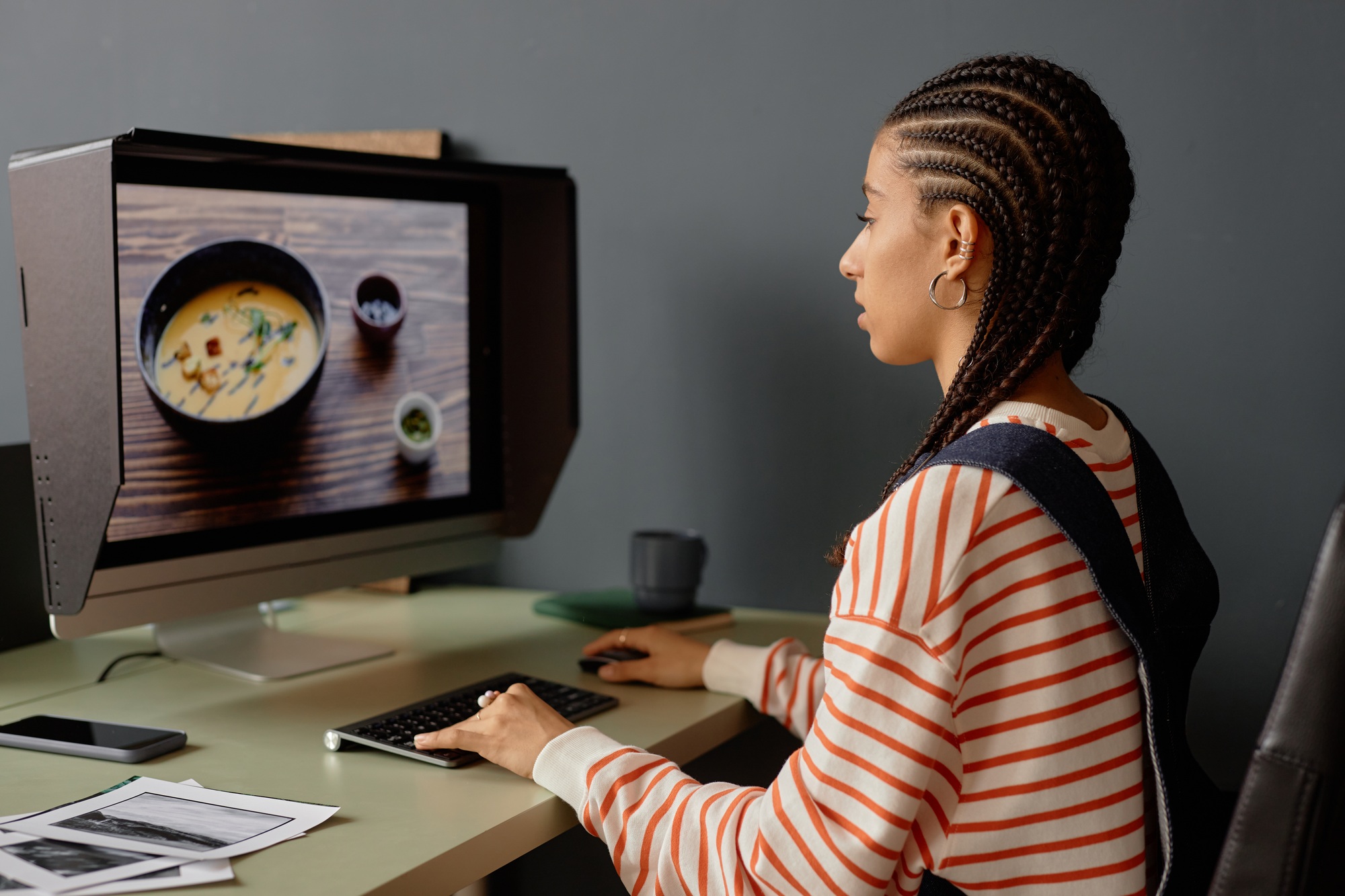
Capturing eye-catching food images can elevate your small business’s visibility on social media platforms like Instagram, Facebook, and TikTok. Use the following techniques to enhance your food photography skills.
Composition Basics
- Rule of Thirds: Divide your frame into a grid of nine equal sections. Position the key elements of your dish along these lines or at their intersections to create balance and interest.
- Leading Lines: Use natural lines in your surroundings, like table edges or utensils, to draw the viewer’s eye toward your food, enhancing the image’s dynamism.
- Fill the Frame: Get up close to your dish to highlight intricate details. A close-up shot reveals textures and colors, making it more appetizing to potential customers.
- Negative Space: Incorporate empty space around your food to emphasize the dish and create a clean, professional look, which helps your food stand out on platforms like LinkedIn and Pinterest.
Styling Your Food
- Color Coordination: Choose plates and backgrounds that complement your food’s colors. Contrasting colors make dishes pop, attracting viewer attention on social media.
- Fresh Elements: Add fresh herbs, spices, or garnishes for visual appeal. These small touches can transform a simple dish into an inviting visual experience.
- Layering Textures: Mix various textures on your plate to create depth. Pair crunchy toppings with creamy sauces to provide a visual storytelling element that entices customers.
- Themed Props: Use props relevant to your cuisine to enhance storytelling. For example, rustic boards for comfort food or elegant tableware for upscale dishes can help convey your brand identity effectively.
Engaging in these techniques helps small businesses attract more customers through visually appealing food photography on social media channels.
Post-Processing Tips
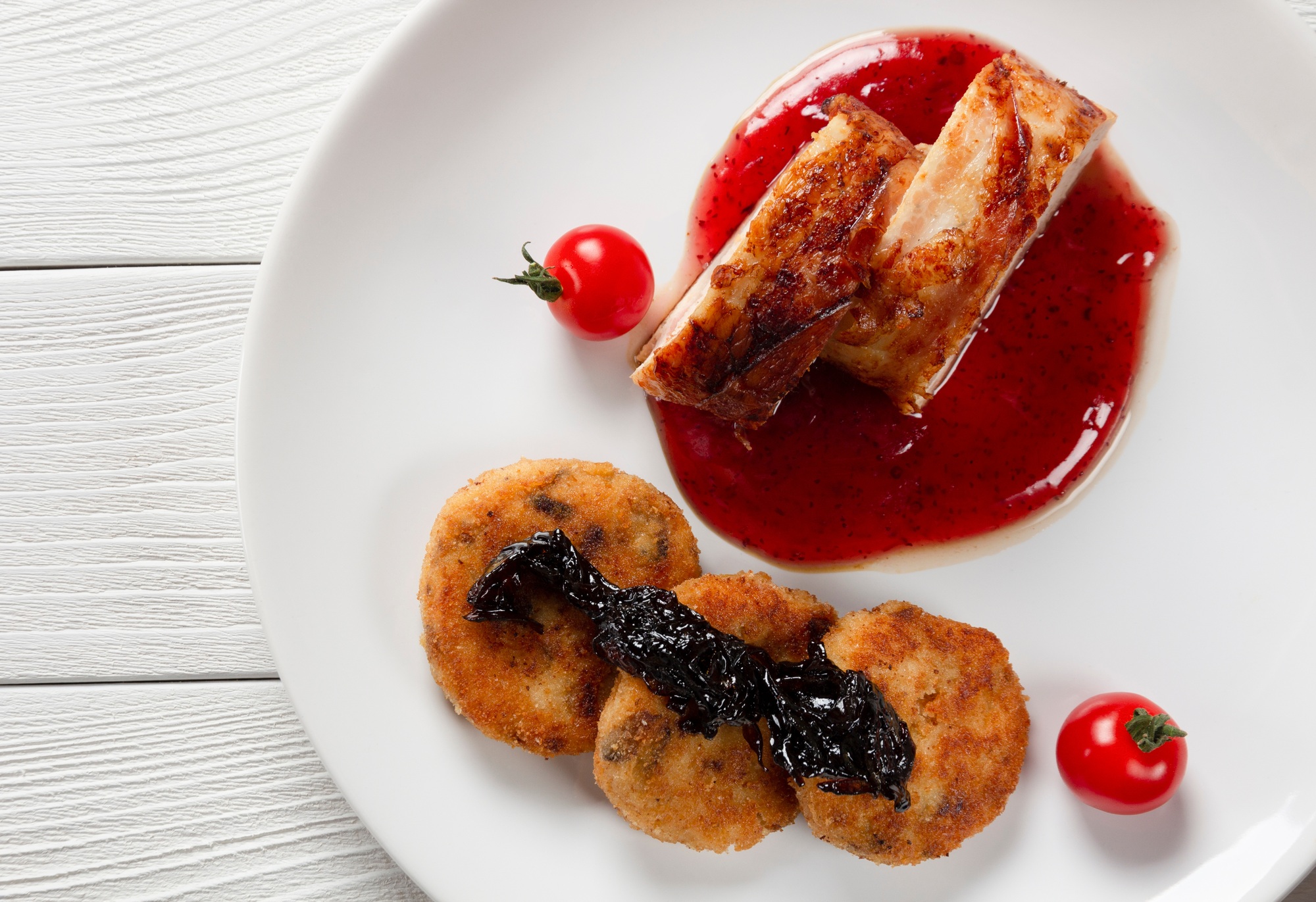
Post-processing enhances the appeal of your food photos, making them ready for social media platforms like Facebook, Instagram, and Pinterest. Use these tips to refine your images effectively.
Editing Software Recommendations
- Choose Adobe Lightroom for its powerful editing capabilities and user-friendly interface. Its adjustment tools allow you to correct exposure and enhance colors.
- Consider using Adobe Photoshop for advanced editing. This software provides extensive features for retouching and fine-tuning images.
- Explore free options like GIMP and Canva for straightforward photo enhancements. Both platforms are effective for small businesses looking to edit images without financial investment.
Enhancing Colors and Textures
- Use a color checker, such as the X-Rite ColorChecker Passport, to ensure color accuracy in your photos. This tool helps calibrate your camera and editing software to obtain true colors of the food.
- Include white or grey elements in your images or use a grey card. These techniques aid in color correction and balance during post-processing.
- Apply sharpening tools strategically to enhance textures. Avoid over-sharpening; instead, utilize the clarity slider to boost midtone contrast. This approach makes textures pop without overwhelming the entire image.
Sharing Your Food Photos
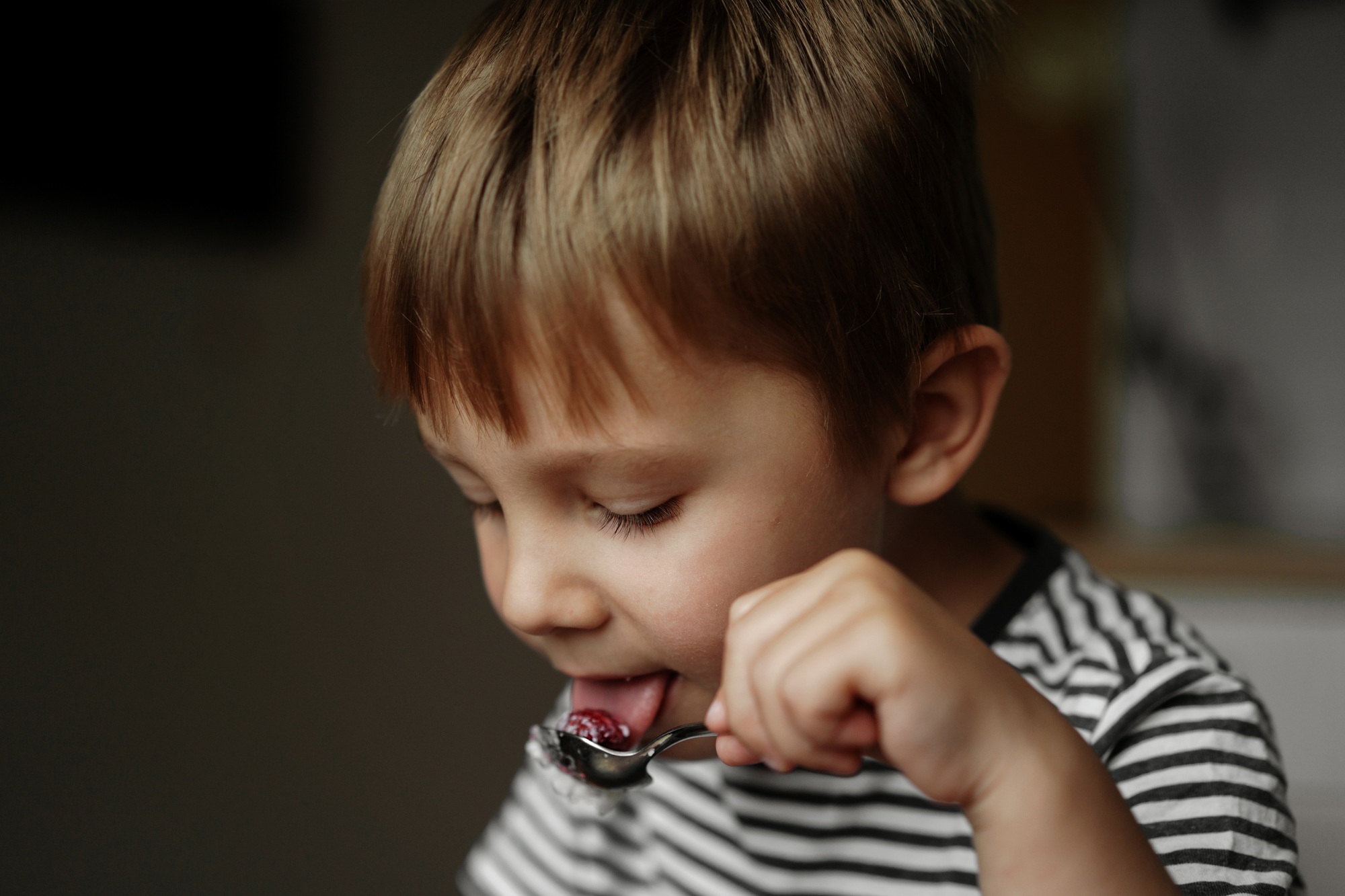
Sharing your food photos effectively on social media helps you reach a broader audience and attract potential customers. Utilizing the right platforms maximizes engagement and enhances your small business’s visibility.
Social Media Platforms
Utilize major social media platforms like Instagram, Facebook, TikTok, and Pinterest for sharing your food photos. Instagram is paramount for visually-driven content, allowing you to showcase high-quality images that highlight your dishes. Facebook helps share posts with your existing customer base, fostering community engagement. TikTok offers a dynamic way to capture attention through short videos, such as quick recipe tutorials or behind-the-scenes clips. Pinterest acts as a visual search engine, where food photos can inspire users planning meals or events, driving traffic back to your website or business page. Each platform requires tailored content to resonate with its unique audience, so adjust your strategy accordingly.
Engaging with Your Audience
Engaging with your audience enhances relationships and boosts brand loyalty. Respond promptly to comments and messages on your posts. Pose questions related to your dishes, encouraging followers to share their thoughts or experiences. Use interactive features like polls or quizzes to involve them in your brand narrative. Collaborate with local influencers or food bloggers to expand your reach and inspire trust. Incorporating user-generated content, such as reposting customer photos dining at your restaurant, creates a sense of community. Encourage customers to tag your business in their posts, helping you build a strong online presence. Prioritize engagement, and your food photos will not only attract attention but also foster lasting connections with potential patrons.
Conclusion
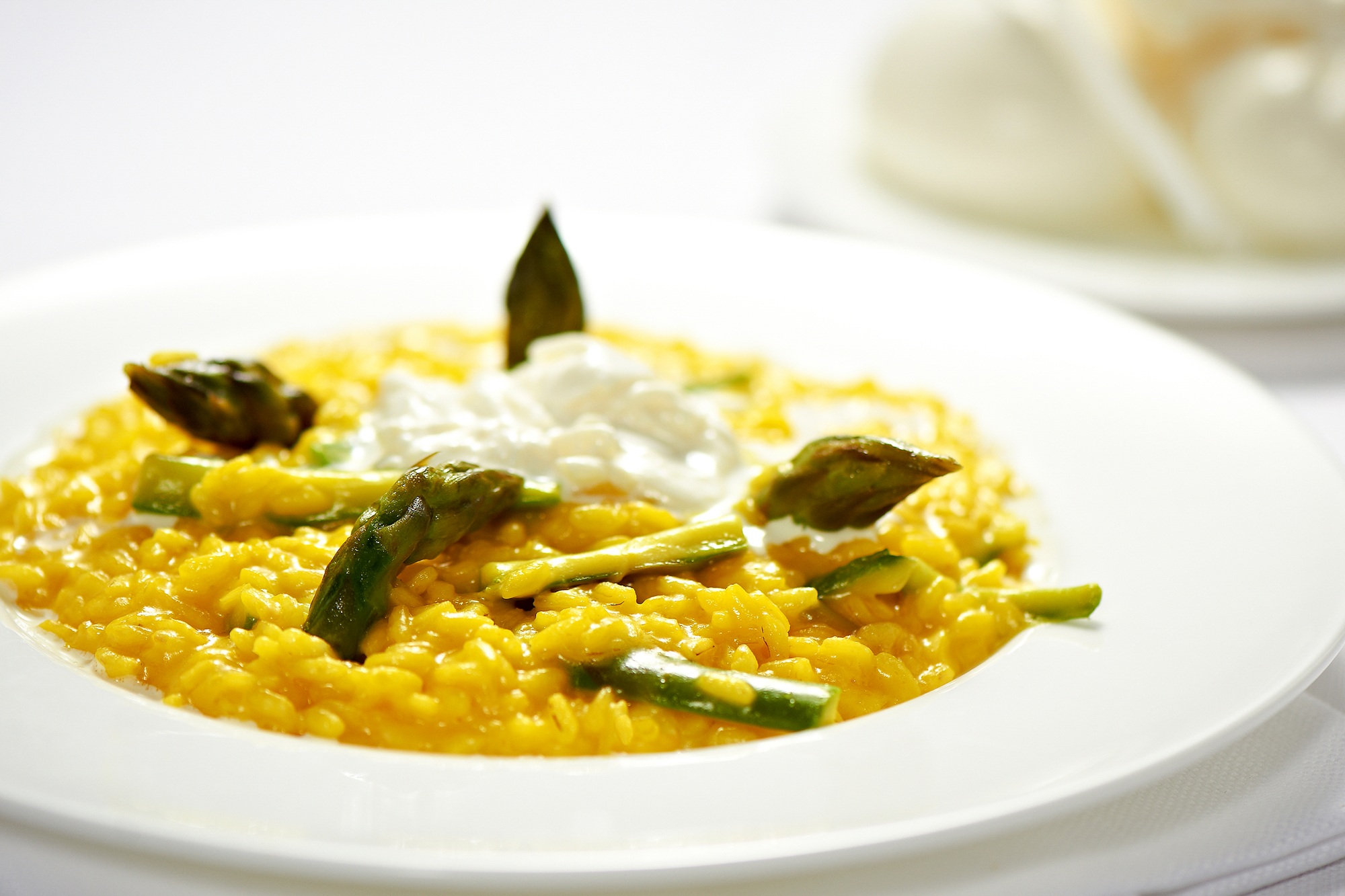
Mastering food photography can transform your culinary creations into visual masterpieces. With just a smartphone and some simple techniques, you can elevate your food images significantly. Remember to pay attention to lighting, composition, and styling to make your dishes shine.
For small businesses, captivating food photos are crucial in attracting customers and enhancing your brand’s online presence. By avoiding common pitfalls and engaging with your audience on social media, you can build a loyal following and drive sales.
Embrace the art of food photography and let your meals tell a story that entices and delights. Your journey into this creative realm can open doors to new opportunities and connections in the culinary world.
Frequently Asked Questions
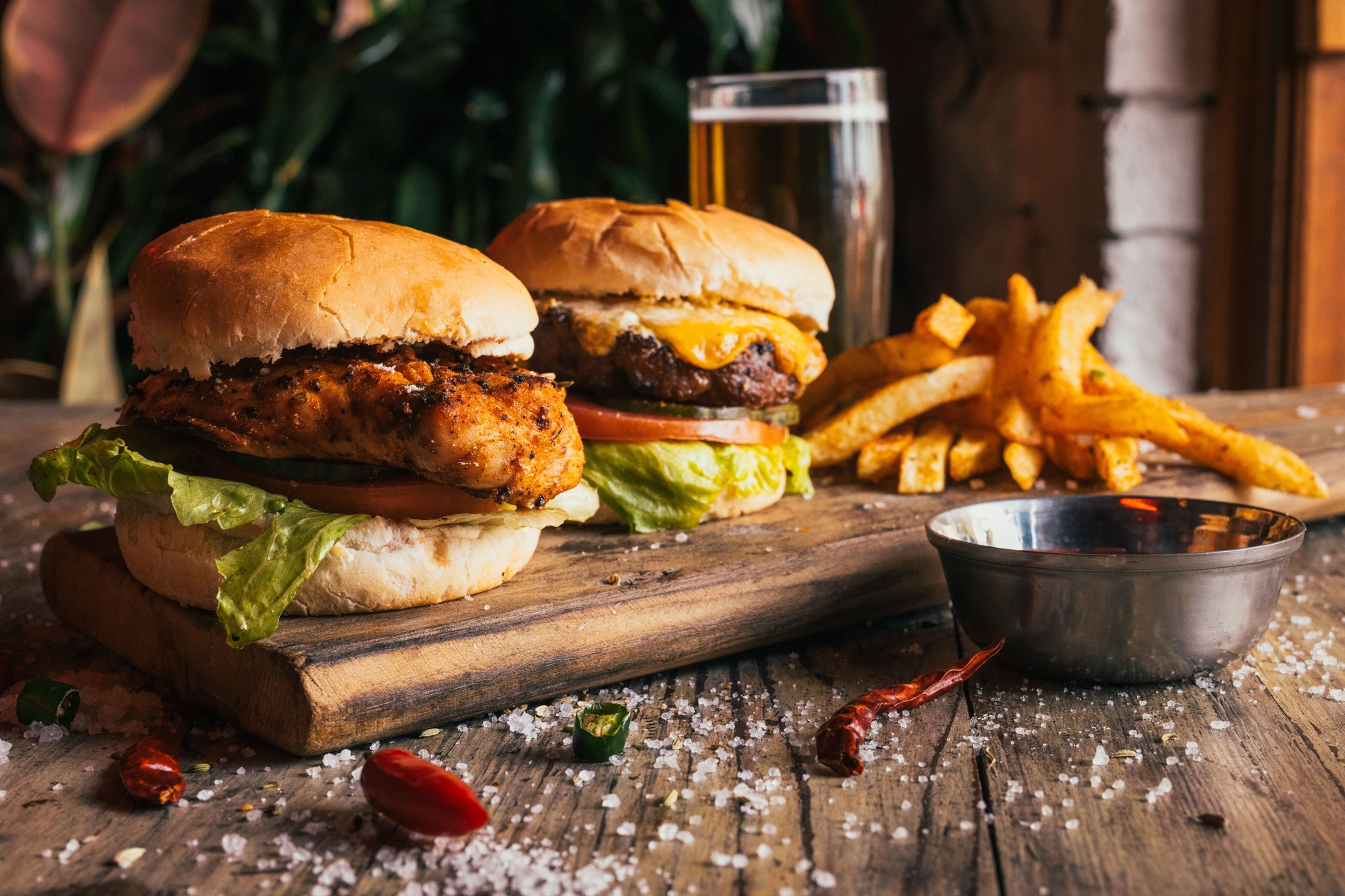
What is the importance of food photography?
Food photography plays a crucial role in today’s visual culture, enhancing culinary presentations and helping both home cooks and professional chefs showcase their creations attractively.
Do I need expensive equipment for food photography?
No, expensive equipment is not necessary. A smartphone and some basic techniques can significantly enhance your food photos, making them appealing without breaking the bank.
What are key elements of good food photography?
Essential elements include proper lighting, composition, and styling. These factors help create visually appealing images that effectively showcase dishes.
How does food photography benefit small businesses?
High-quality food images can attract customers on social media platforms, enhance a brand’s online presence, and ultimately drive engagement and sales.
What common mistakes should I avoid in food photography?
Avoid poor lighting, uninspired angles, cluttered backgrounds, and neglecting styling. Steering clear of these pitfalls can improve the quality of your food photography.
What equipment is recommended for food photography?
Professional cameras like the Sony A7R IVa, Nikon Z7 II, and Canon EOS R6 Mark II are recommended for optimal image quality, along with proper lighting tools.
What lighting is best for food photography?
Natural light is ideal for capturing food images. For indoor or low-light conditions, consider using softbox lights or LED ring lights for better illumination.
What composition techniques can I use?
Utilize the Rule of Thirds, leading lines, and fill the frame to create balance and interest in your food photos. Negative space can also help emphasize your dishes.
How can I style food effectively for photography?
Incorporate color coordination, layer textures, add fresh elements, and use themed props to enhance the visual appeal of your dishes and convey your brand identity.
What post-processing tools are recommended for food photos?
Adobe Lightroom is great for general editing, while Photoshop offers advanced capabilities. For a budget-friendly option, consider using free tools like GIMP or Canva.
Image Via Envato


